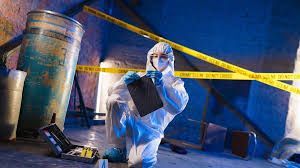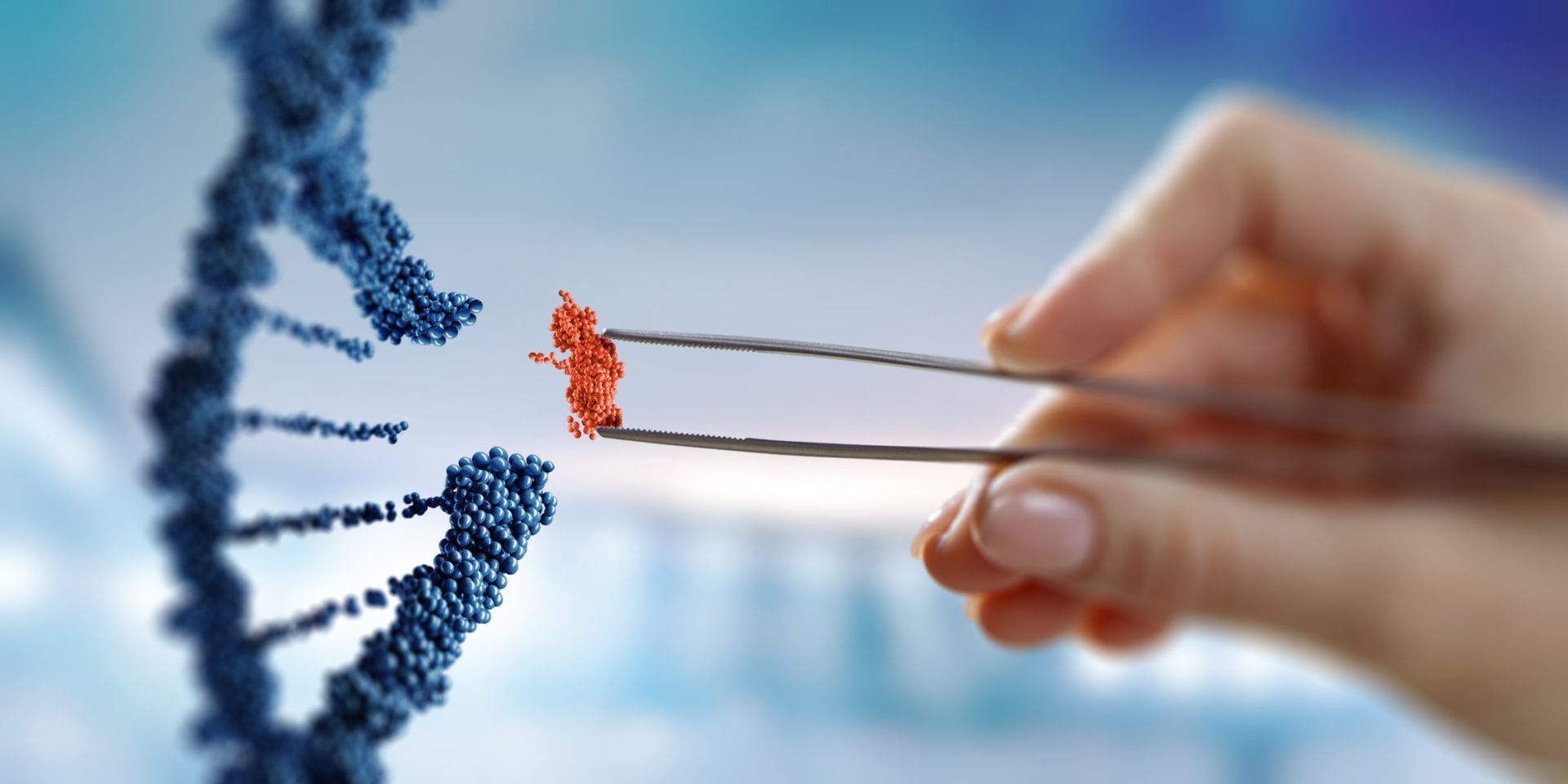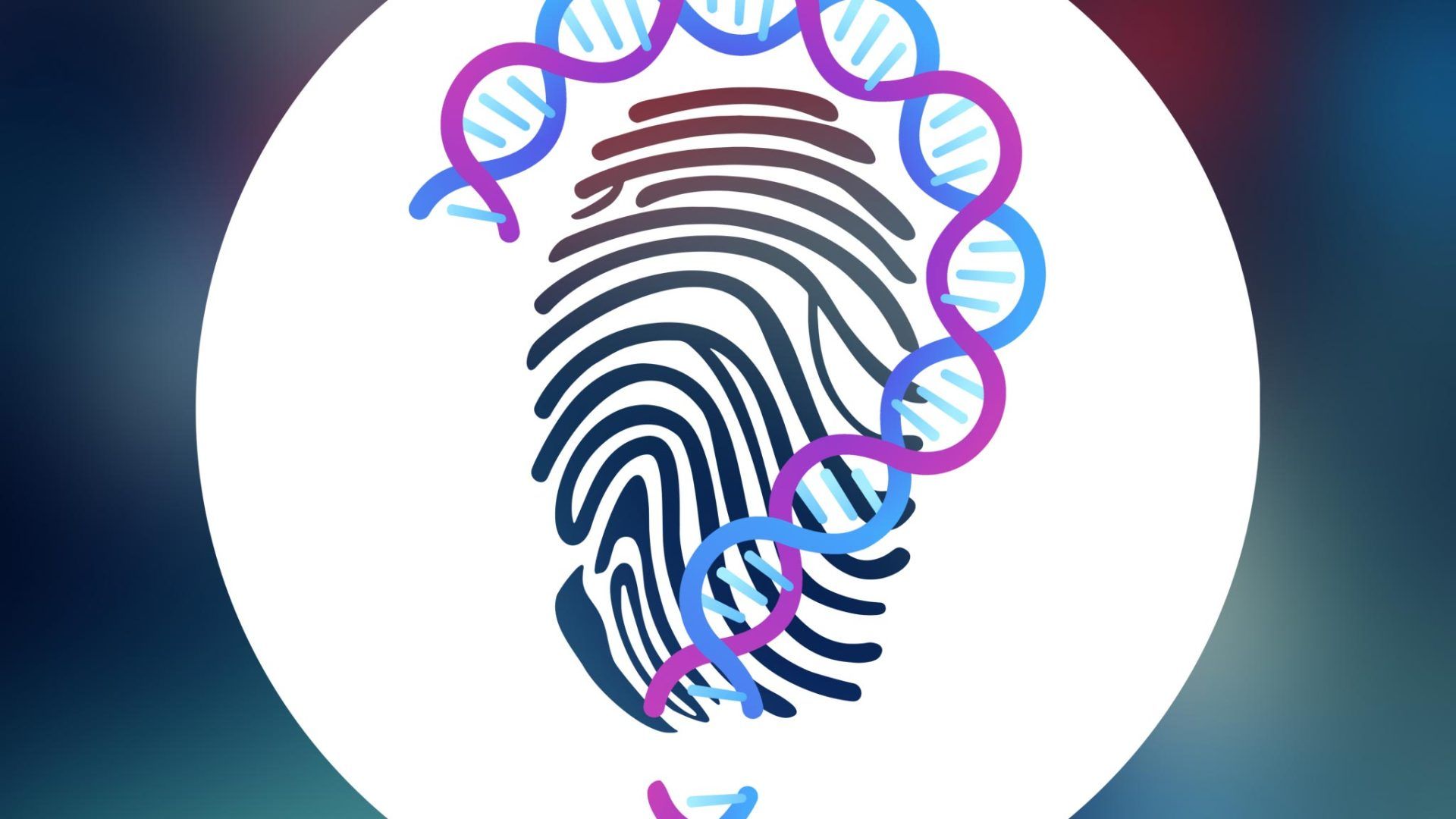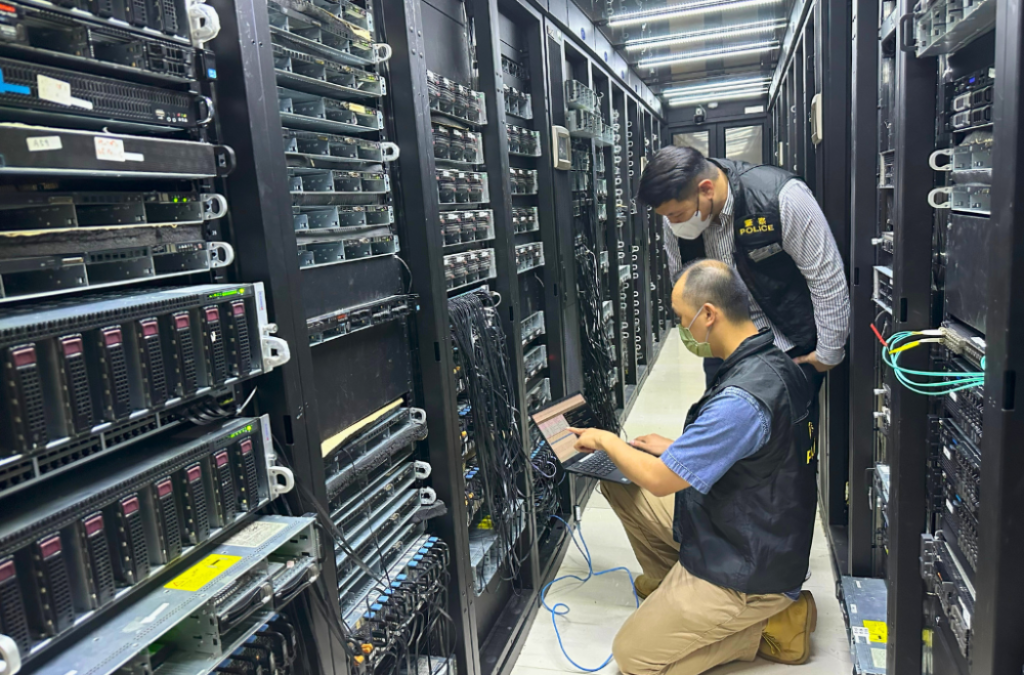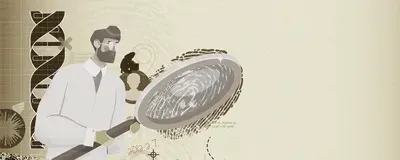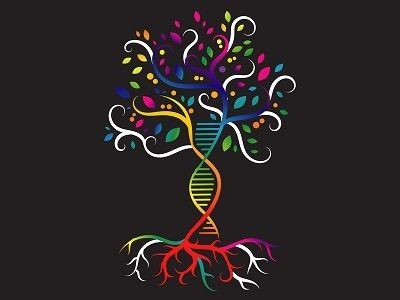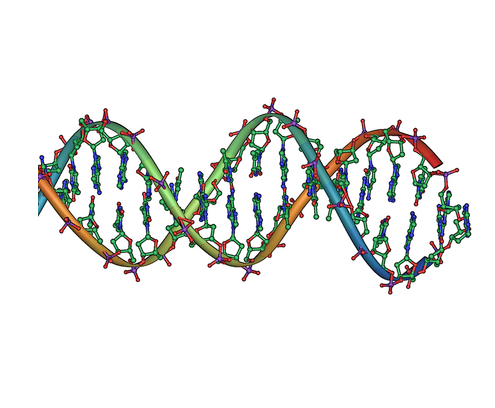Genetic Genius: The Quest for Leonardo da Vinci's DNA
SOURCE
ForensicMag

Leonardo da Vinci had one of the most celebrated brushstrokes in the history of the Western World. But, the master didn’t only paint with brushes. He often used his fingers. Now, researchers are hoping that tiny pieces of his epidermis might have been left behind in the 500-year-old paint that could provide his true genetic code.
But cracking the real da Vince code will take a team of researchers from around the world including Spain, Italy, France and the US. If they succeed, any doubt about the authenticity of Leonardo’s remains in Amboise, France would finally be put to rest. Likewise, genetic artists are hopeful that by using DNA phenotyping they might even be able to recreate a replica of the artist’s true face.
“His life marked the rebirth of Western civilization, but no gravestone marks with certainty the final resting place of Leonardo da Vinci,” said Jesse Ausubel, vice president of the foundation that helped create the project. “Now using modern techniques, anthropologists and geneticists are seeking Leonardo’s remains not simply to mark the spot but also to study and better understand his remarkable abilities and talents,” he said in a statement.
Famed for the Mona Lisa and The Last Supper, Leonardo was the quintessential Renaissance Man that was not only a prominent artist and sculptor, but even designed plausible flying machines and military tanks hundreds of years ago.
The Leonardo Project, announced in the journal
Human Evolution
, is multi-organizational mission to recover the genius’s genetic code and learn more about the mind that produced such enduring works. Scientists hope to discover clues about the food he ate, and if he had any diseases, or genetic predispositions.
The international team is taking a multipronged approach. Researchers first tracked down several probable relatives, alive today, that might seemingly provide a maternal link back to Leonardo. If researchers extract DNA from Leonardo’s remains, the genetic information from his relatives could authenticate the remains.
Another team is performing an arsenal of tests on Leonardo’s works and notebooks to determine if any usable DNA might have survived from fingerprints, dust or even hair. The first test is expected to be performed on the “Adoration of the Magi” that has been undergoing restoration in a laboratory in Florence for the past two years. Any genetic information recovered could also be matched to the remains in France to determine an exact genetic code. But whether or not DNA could survive after hundreds of years and multiple restorations efforts remains to be seen.
For more information, visit the
Angelo Pontecorboli Editore
website.
